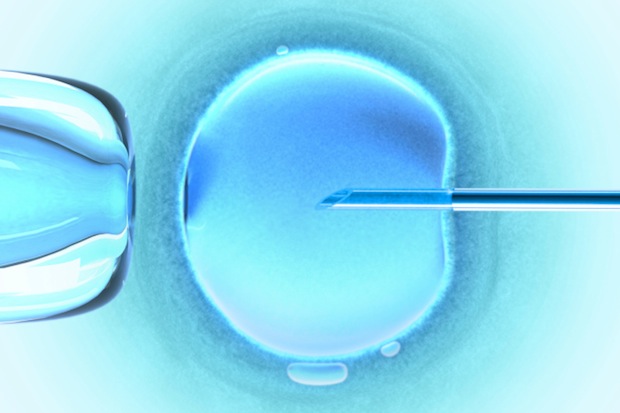You can, I maintain, get the Brits to agree to almost any biomedical advance – I use the word in its neutral sense – no matter how repellent, on the basis that it helps sick kiddies or the infertile. So we now have a situation whereby you can actually create human embryos for the purpose of experimentation – thereby instrumentalising the human being in unprecedented fashion. We have also allowed for the creation of three-parent embryos (on the odd basis that mitochondrial DNA is somehow unimportant). And if we don’t have cross-species zygotes yet, it’s only because the process has proved scientifically unfruitful, rather than because David Cameron didn’t give his backing to it.
Now we’ve got another British advance on the bioethics front; the prospect of creating embryos without the benefit of female gametes as a result of an experiment on mice by the University of Bath. It demonstrates that in theory any cell in the human body could be fertilised by a sperm. In practice, it has been carried out with parthenogenotes, a type of proto-embryo.
Dr Tony Perry, a molecular embryologist and senior author of the report on the experiment observed perkily: ‘Some people say, “start the day on an egg”, but what this paper says is that you don’t necessarily have to start development with one. It has been thought only an egg cell was capable of reprogramming sperm to allow embryonic development. Our work challenges that dogma.’ And we do love dogma-challenging, don’t we? Dogma; a bit Catholic, no, for this fundamentally Protestant culture?
The beneficiaries of this exciting approach, which promise to supplant the fuddy-duddy process of human reproduction – IVF has obviously already removed the messy business of sexual intercourse from having babies – are, of course, those women who haven’t quite got round to having children within the 40-year window provided by nature, and can carry on having children later in life; also those who have had chemotherapy and haven’t frozen their ova. The even more exciting potential beneficiaries are gay couples who could have a baby made with the DNA from both of them, rather than having tiresomely to use female donors to provide half their baby’s DNA. And to move to something akin to cloning, the move also raises the possibility that raving narcissists may be included in the technology: a man could, in theory, fertilise his own cells.
There will be something of a rush, I fancy, to cite Aldous Huxley’s Brave New World in the context of this exciting advance for British biomedics, so let me get my oar in early. Here you go, from Chapter 1:
‘I shall begin at the beginning,’ said the D.H.C. (Director of Hatcheries and Conditioning) and the more zealous students recorded his intention in their notebooks: Begin at the beginning. ‘These,’ he waved his hand, ‘are the incubators.’ And opening an insulated door he showed them racks upon racks of numbered test-tubes. ‘The week’s supply of ova. Kept,’ he explained, ‘at blood heat; whereas the male gametes,’ and here he opened another door, ‘they have to be kept at thirty-five instead of thirty-seven. Full blood heat sterilises.’
The observant reader will have noted, however, that the Brave New World is some way behind our own in that it still required male sperm and female ova, just as in fuddy duddy nature, to create embryos. Where the Hatchery improved even on the techniques used in the Bath study is that it did not require an actual womb; they were provided by the use of sows’ bits. So, we have some way still to go towards our own Brave New World in which men can have babies together or women pensioners can fulfil their reproductive destiny; lesbians will have to wait. But artificial wombs? It can only be a matter of time. And when it happens, it will be hailed as an advance, a victory for the British fertility industry, a removal of the way biology discriminates against gay men, and of course, a way to help the infertile. So, nothing to worry about then.







Comments